"Retrospective of Nakano" - Part 2 of Nakano's Underground Drains: Exploring the Tenjin River that used to flow from the north exit of Nakano Station -

This is the second part of our walk through culverts, traces of former rivers. We follow the course of the Tenjingawa River, which once flowed from Nakano 5-chome in Tokyo to the Kanda River.
Hello. I'm Izayoi, a Nakano Tourism Reporter who loves searching for things left behind from the Showa era in Nakano in the Reiwa era.
In the past, Tokyo was filled with irrigation channels, but most of them have now been covered or filled in. The second part of our exploration of the vestiges of former rivers, known as "culverts," follows the course of the Tenjin River, which once flowed from Nakano 5-chome (near the Fujiya Camera at the north exit of Nakano Station) to the Kanda River.
Tenjingawa River is also known as Yatogawa River. Its source is not clearly identified, but old maps show that the water springs up near the north exit of Nakano Station and flows gently eastward in two or three streams.
This time, we start from the side street north of the supermarket "Life Nakano Ekimae Store."
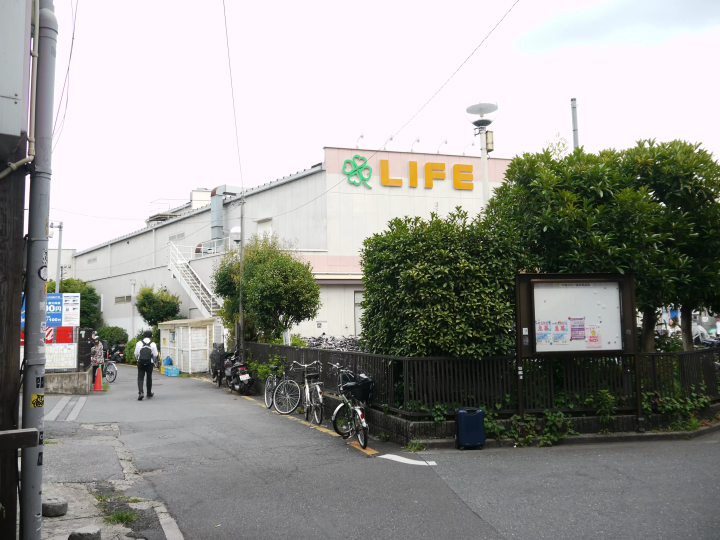
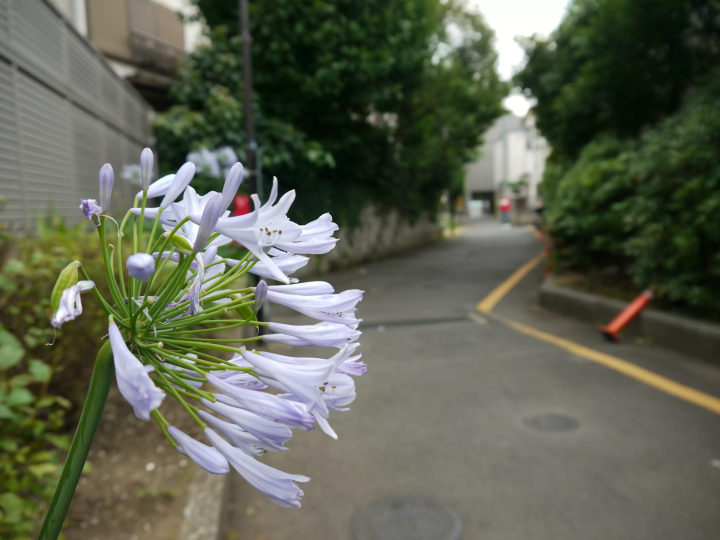
It's clear that a river once flowed along this curved road. The houses face away from the road and there are many manhole covers for sewerage.
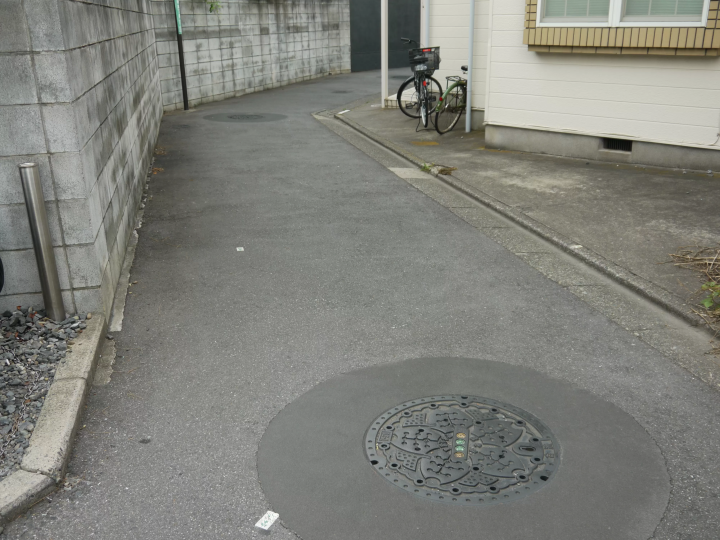
Going further, I found a food truck and the smell of coffee filled the air.
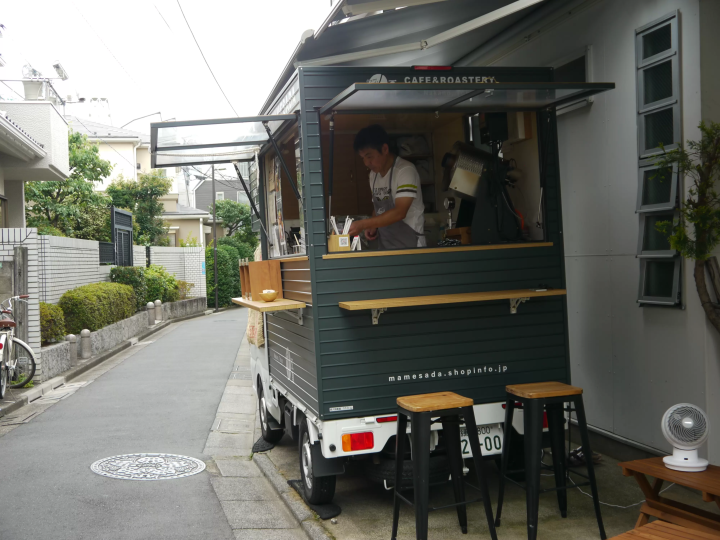
"Mametei" is a hand-drip coffee shop that uses home-roasted beans. I ordered an iced coffee right away, and they let me choose the beans to suit my taste. The carefully brewed coffee was exceptional.
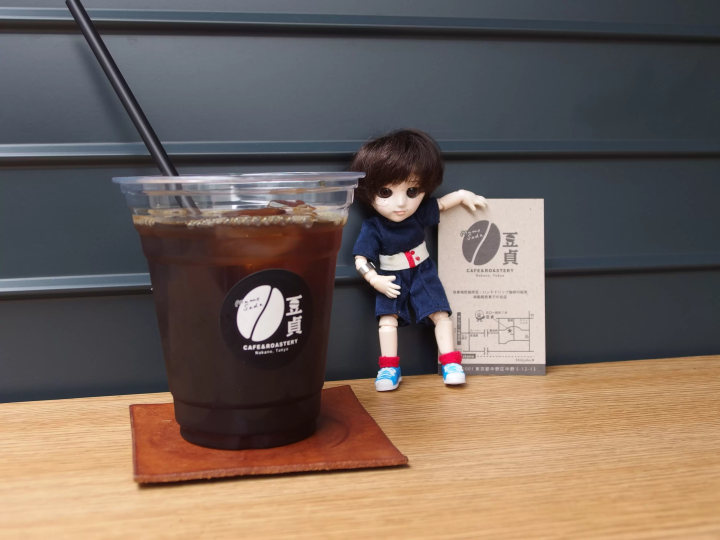
We had a lively conversation with the owner while looking at the culvert, and it was a happy time.
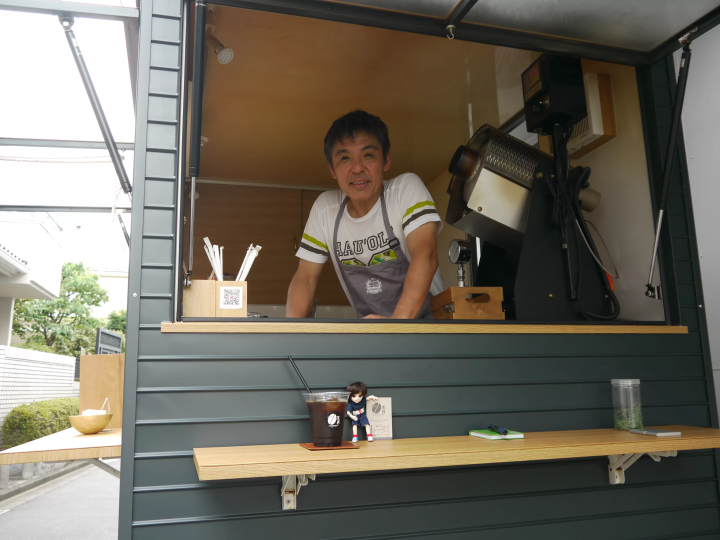
Just up the road is Tenjinyu. This public bathhouse, built in the style of a palace, has an appearance that combines the atmosphere of the Showa era with retro modernity. It is truly a treasure of Nakano.
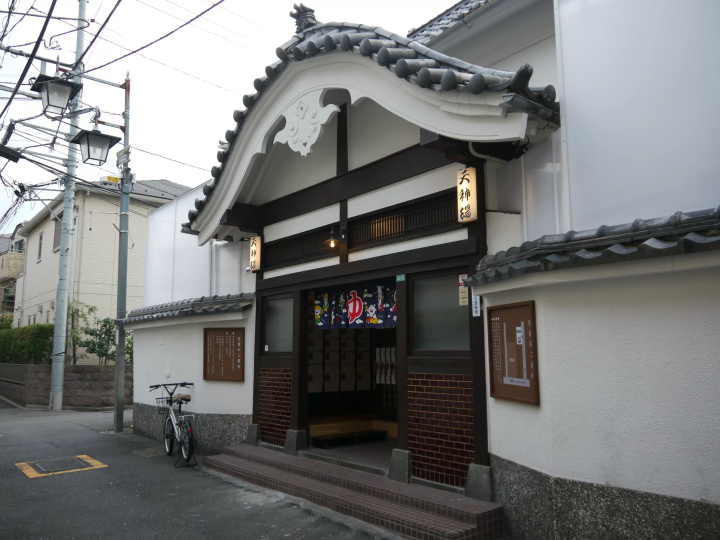
Tenjin Kitano Shrine and Tenjin Park are located nearby, and the area is a traditional shopping district (Tenjin Shoei Kai).
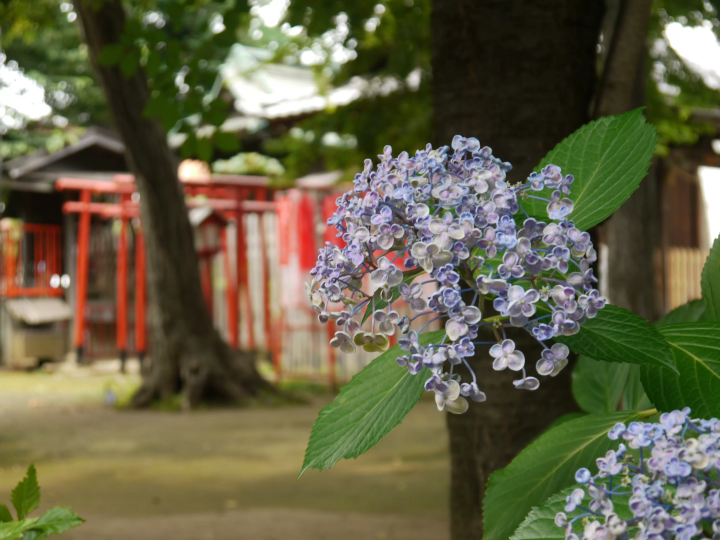
Cross Momijiyama Street and continue down the winding road. There is a dry cleaning shop and a coin laundry with a "culvert sign". There used to be a public bath called "Bunenyu" nearby.
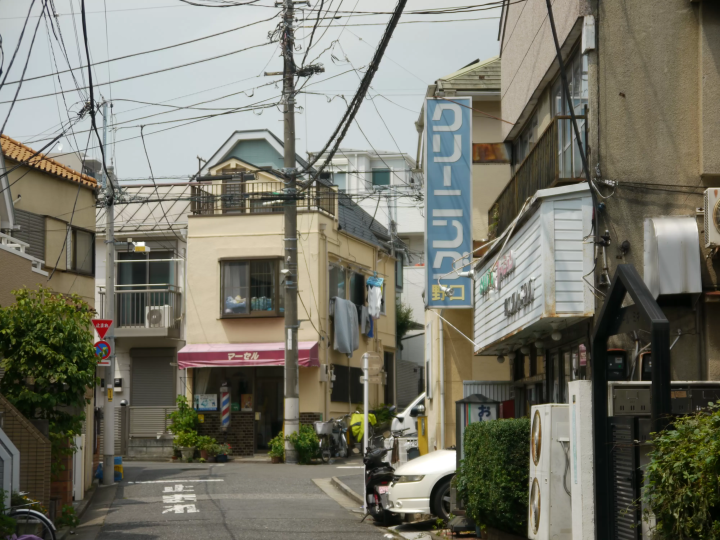
Go under the overpass next to Tokyo College of Automobile Technology.
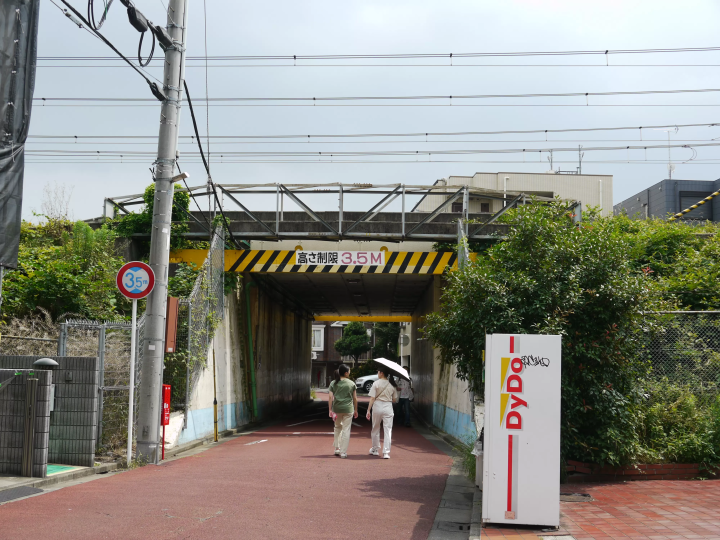
From there, a wonderful space begins.
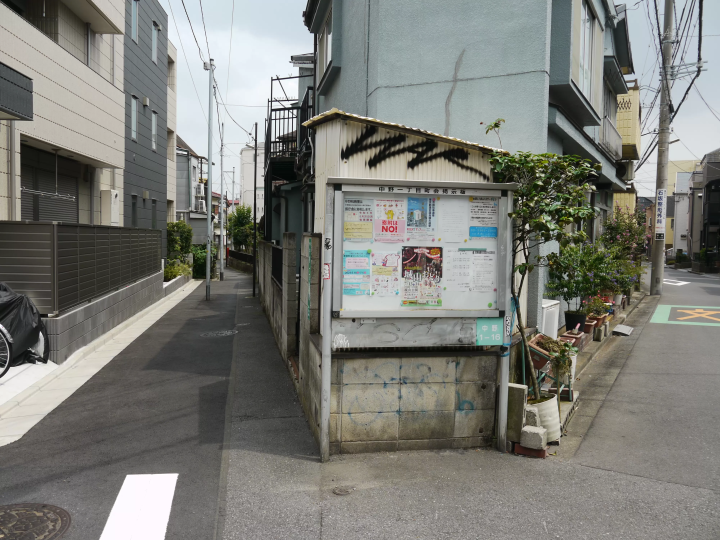
I was excited to see that there was a culvert on the left side of the fork in the road.
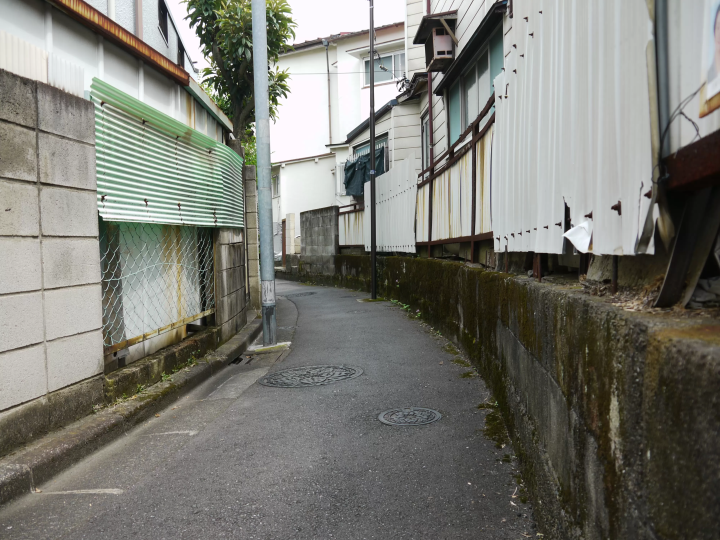
This feeling, this feeling. Those who understand will understand.
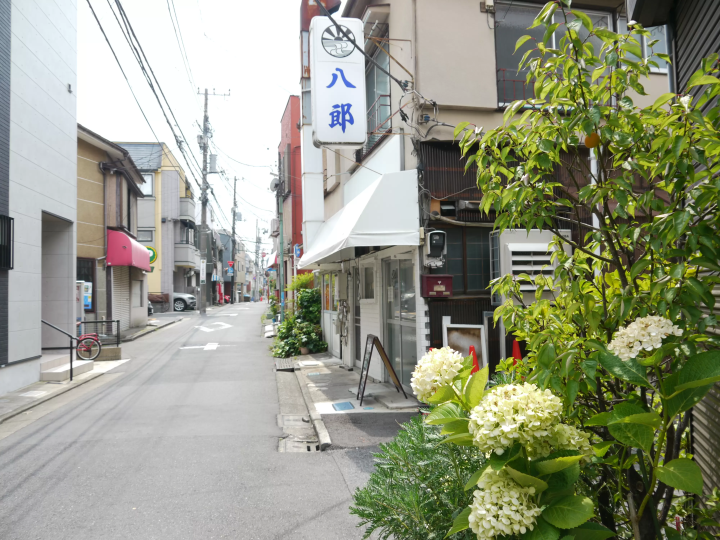
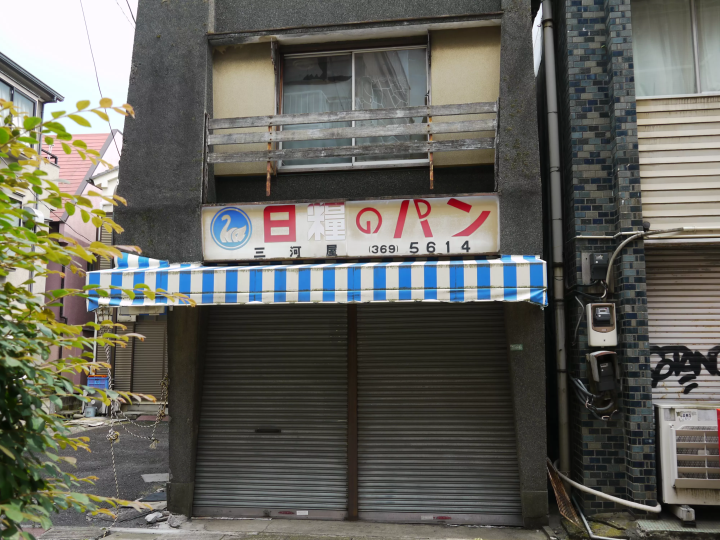
It feels like you've traveled back in time to the Showa era.

Visit the Inari shrine.
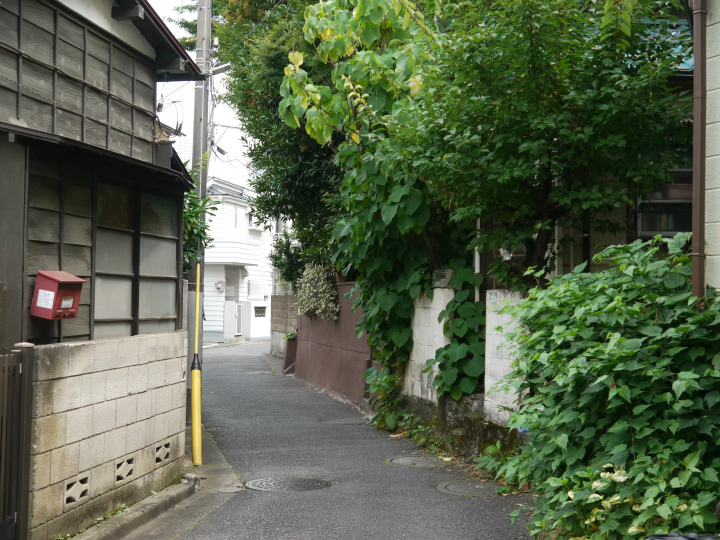
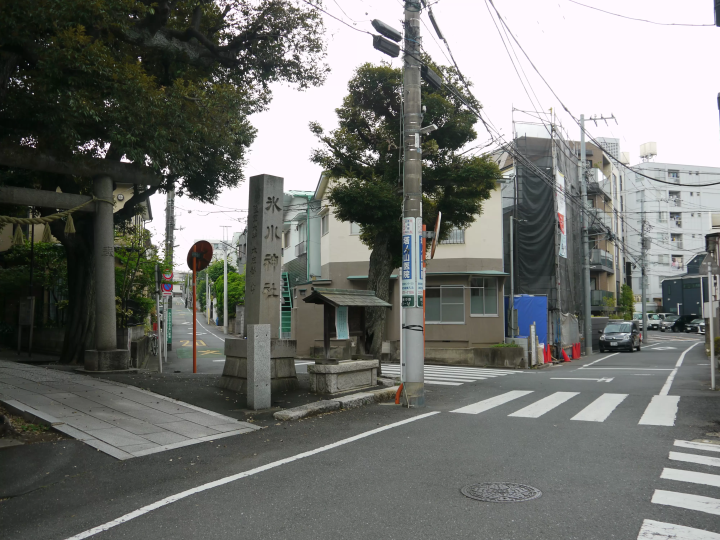
Cross Yamate-dori Street and continue down in front of Nakano Hikawa Shrine.

I arrived at Suehirobashi Bridge over the Kanda River. It seems that the river joins the old Momozono River nearby, but I couldn't find the flow of the river, so I stopped here for now.
Although you can no longer see the water surface of the Tenjingawa culvert, you can still enjoy the retro Showa-era scenery while feeling the vestiges of the waterfront.
Mameji
Location: 5-12-13 Nakano, Nakano-ku
It's a recommended rest spot for those exploring the culverts.
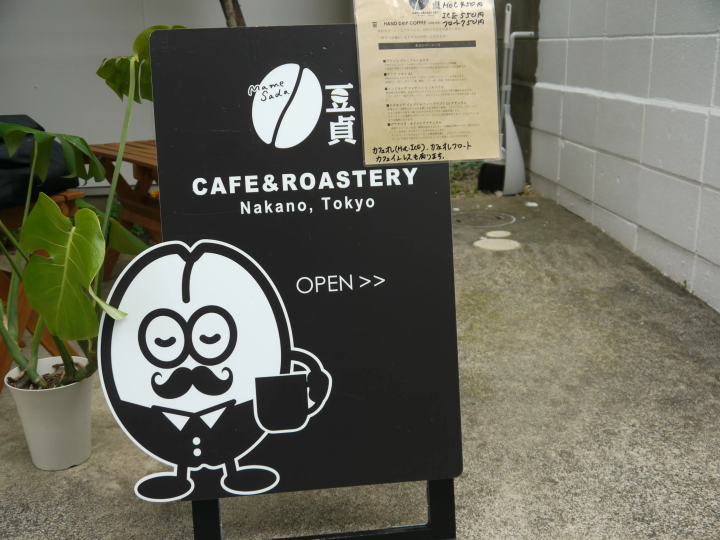
Nakano city is located in the western part of Tokyo's 23 wards. It is especially famous for Nakano Broadway, known as the "holy land" of subculture, but it also has many other tourist attractions such as historic shrines and temples and gourmet food. While the area around Nakano Station is undergoing a "once in a century" redevelopment, the town is undergoing change, and the town is bustling with old-fashioned, friendly shopping streets, making Nakano a very diverse city. This diversity is also what makes it a city with a population of about 17,000 people from about 120 countries.
The contents on this page may partially contain automatic translation.































![[Kanazawa] Enjoy the world of gold leaf to the fullest in the city with the highest production volume in Japan](https://resources.matcha-jp.com/resize/720x2000/2025/11/12-249564.webp)

![[Latest] Complete Guide to atmos Exclusive Sneakers and Special Edition Models | Apparel and Upcoming Releases](https://resources.matcha-jp.com/resize/720x2000/2025/12/12-252706.webp)
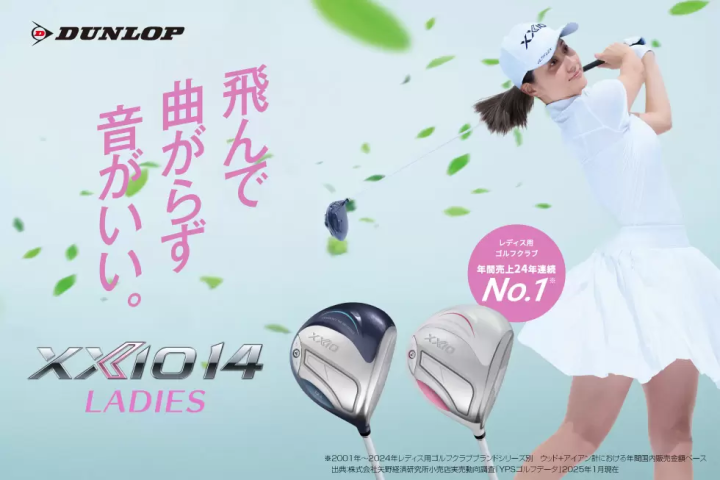
![Deep dive into Japanese brands! A tour of famous leather shoe stores with GENSEI & Nin [Tohritsu Shoes Edition]](https://resources.matcha-jp.com/resize/720x2000/2025/12/23-253840.webp)